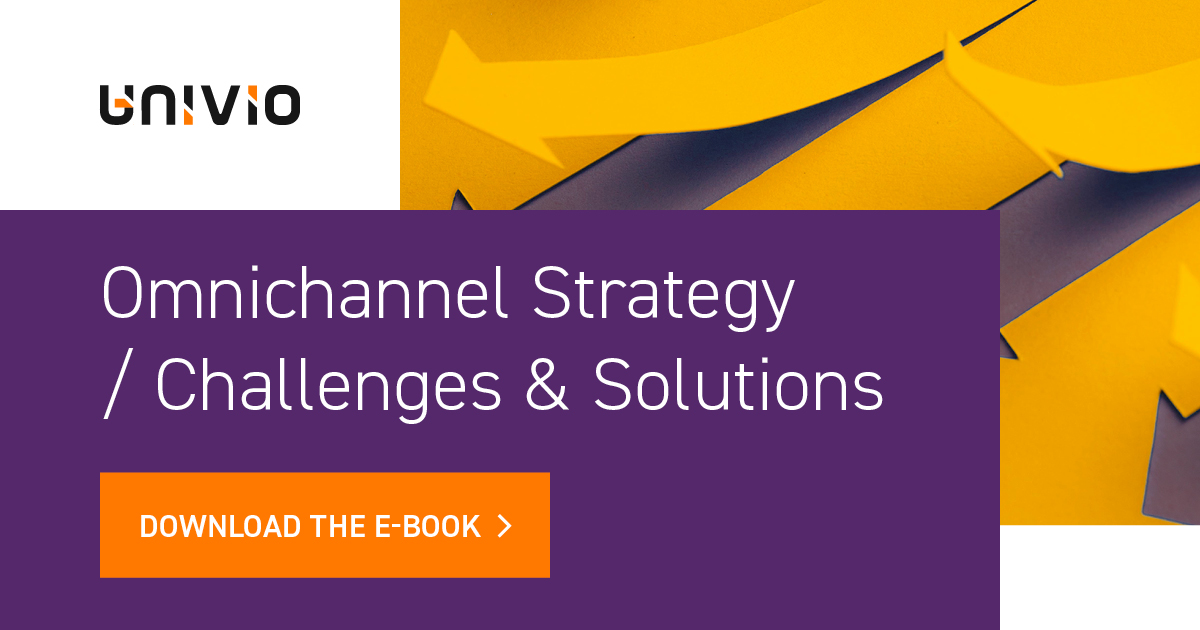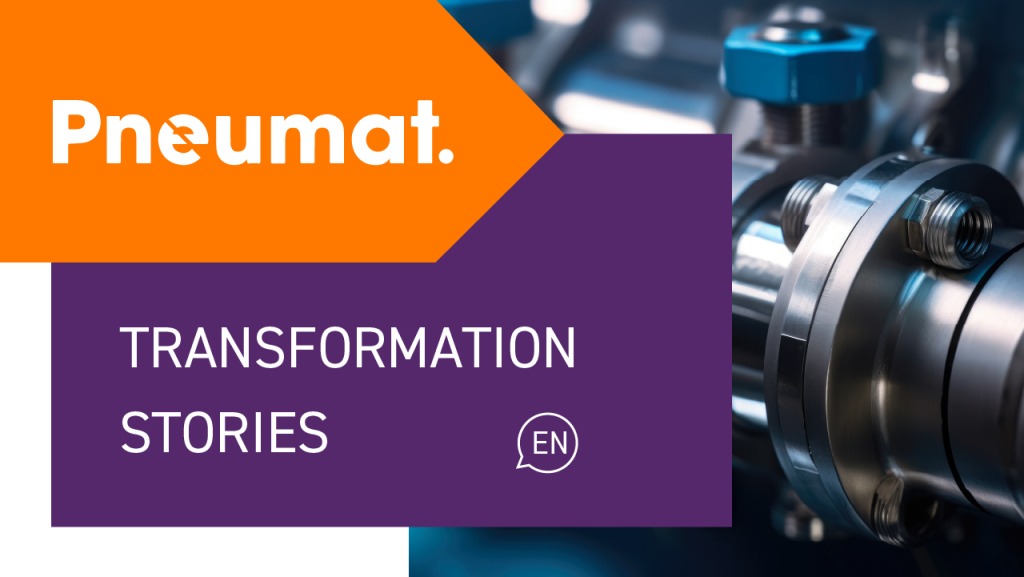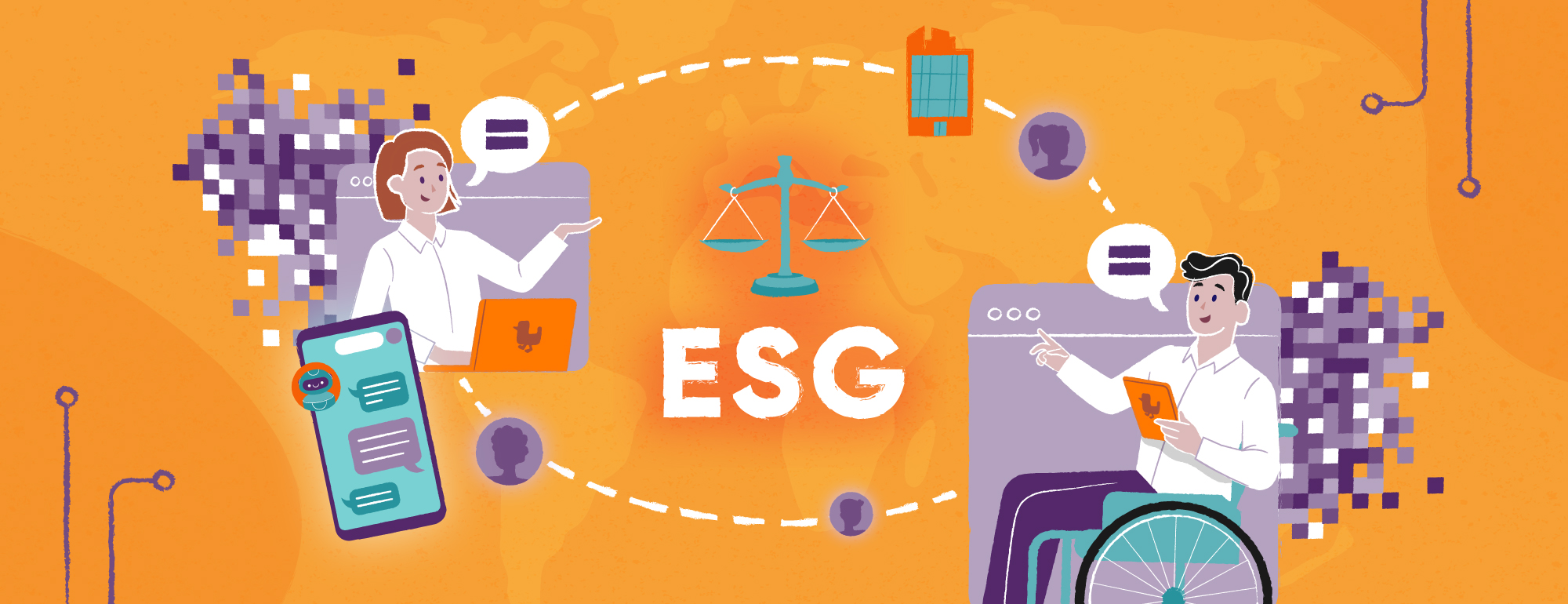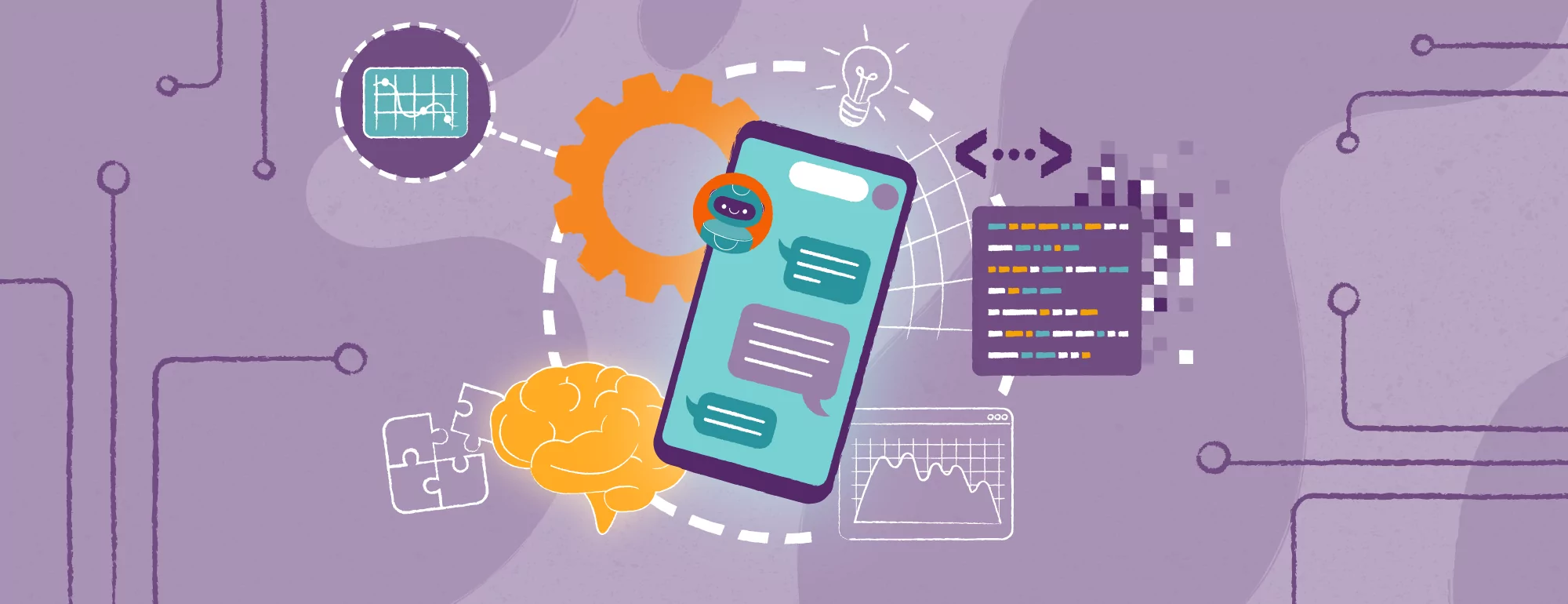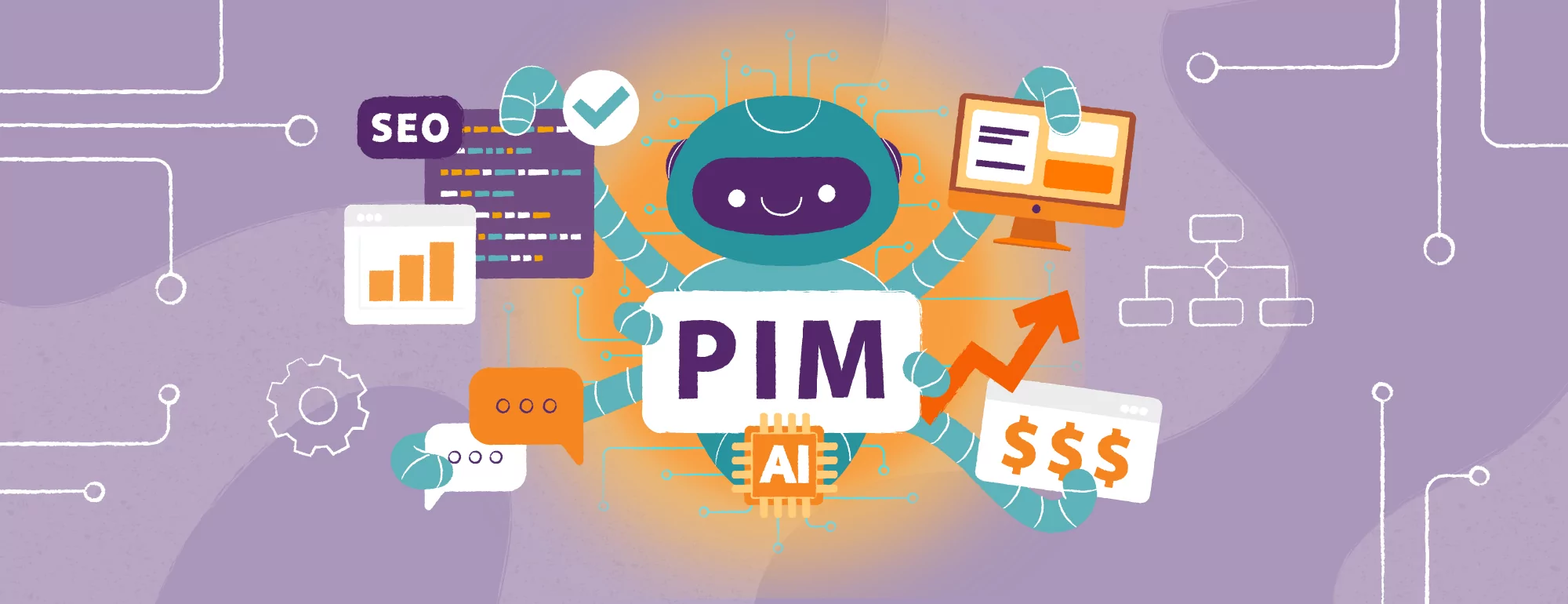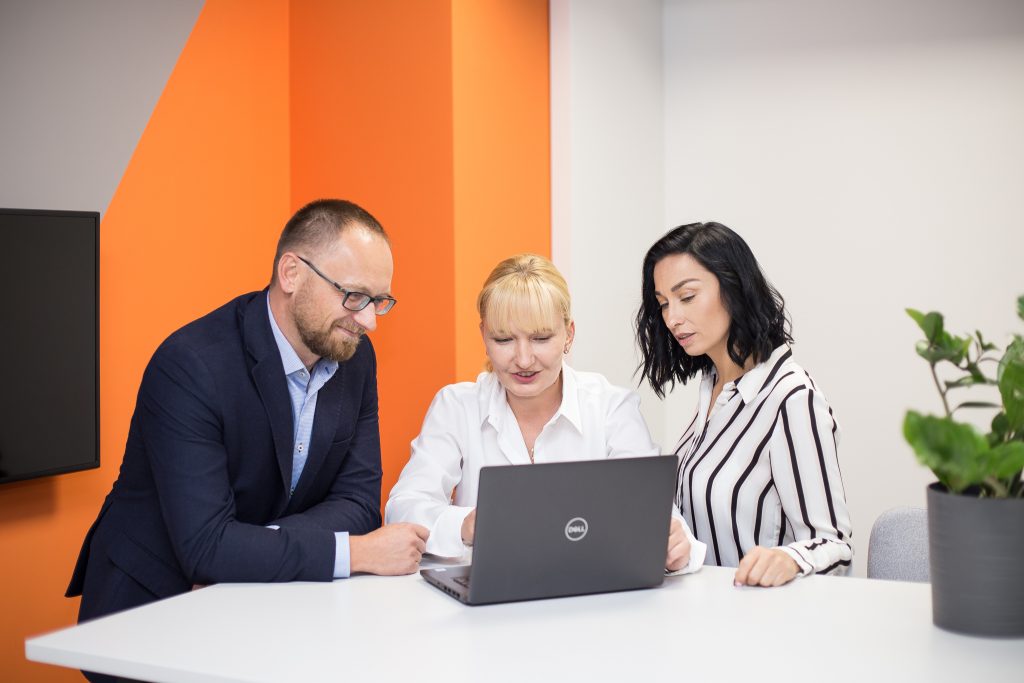Digital Innovation and New Opportunities: ESG in Practice at SIG
Work is more than just a paycheck. It’s a gateway to personal growth, social connection, and meaningful impact. Yet for many people, access to this world remains limited, not because they lack talent or ambition, but due to systemic barriers in the labor market. While inclusivity is often discussed, it’s far less frequently put into practice. Real change starts with everyday decisions, from team-building to the tools we choose.
SIG is proving that with the right blend of ESG principles, technology, and empathy, it’s possible to create a workplace that truly values diversity.
ESG as a Practical Value
ESG stands for Environmental, Social, and Governance. It’s a business philosophy rooted in accountability: to the planet, to people, and to ethical leadership. Increasingly, companies are realizing that the “S” in ESG isn’t just the “soft” part, it’s where critical issues like equality, diversity, and inclusion live.
True inclusivity goes beyond offering equal opportunities. It means intentionally creating environments where everyone, regardless of ability, background, or personal needs, can participate fully and thrive professionally. In business, this means designing jobs, workflows, and workplace culture that not only make space for people with diverse needs but actively support and celebrate them.
Too often, exclusion from the workforce stems not from individual limitations, but from physical, social, or systemic obstacles. Employers have the power and the responsibility to change that. Whether diversity becomes a real competitive edge or remains just corporate speak depends on their actions.
Obstacle or Opportunity? The Labor Market and People with Disabilities
In Poland, employment among people with disabilities is still significantly below the national average. According to data from GUS, only about 30% of people with disability certificates are employed. That doesn’t mean the rest are unwilling to work. Often, the real barrier is the environment, not the person.
These barriers fall into three main categories:
- Physical: Lack of accessible infrastructure, transportation, elevators, or ergonomic workspaces.
- Attitudinal: Stereotypes, fear, or lack of awareness among employers and coworkers.
- Systemic: Complex regulations and limited access to institutional support.
Digital transformation and flexible work models are changing that landscape. Automation, remote tools, and digital workflows enable more equitable workloads and job flexibility tailored to individual capabilities.
For companies willing to rethink traditional structures, this opens up enormous potential. People with disabilities are often exceptionally loyal, conscientious, and committed, if given the right tools and support.
SIG’s Approach: Technology as a Catalyst for Inclusion
SIG is leading by example, actively removing barriers and pushing back against stereotypes. The company’s goal is to foster integration and equity, not just in theory, but through real, day-to-day action.
Bartosz Pilch, Group Director of Omnichannel at SIG, took this approach when building the company’s e-commerce platform. He assembled a stable, modern, and diverse team founded on trust, where skills matter more than age, gender, or beliefs. The team includes people with disabilities, all given equal opportunity to succeed.
Today, nearly 30 employees with varying disabilities work across SIG’s e-commerce, marketing, and customer service departments, representing about 80% of the team. Their roles range from call center support and sales to specialist and managerial positions.
“Hiring people with disabilities has brought us some of our most loyal and capable employees,” says Bartosz Pilch. “It also opened the eyes of other team members who had never worked with disabled colleagues before. It’s been a powerful learning experience. We’ve grown as people and stopped thinking in stereotypes. It’s made us a more socially aware company. I strongly value the diversity in our team, including the inclusion of people with disabilities.”
In 2022, SIG was honored with the “Employer with Heart” award for its commitment to social responsibility, expanding job opportunities for people with disabilities and challenging harmful stereotypes.
Understanding Needs and Personalizing Support
People with conditions like cerebral palsy often face challenges not only with mobility, but also with focus, task speed, or communication. That’s why workplace flexibility is key, letting employees work at their own pace, using digital tools that ease communication (like asynchronous channels) and eliminate technological friction (such as voice commands or automated workflows).
“From my experience, no digital tool can replace genuine empathy and support from leadership and peers,” says Joanna Ślebioda, a diversity and inclusion consultant who also lives with cerebral palsy. “A truly inclusive culture ensures everyone feels seen and supported. Practical tools like disability etiquette, ongoing training, real-world scenarios, and employee feedback loops help build that culture.”
She recommends:
- Designing jobs and workflows with accessibility in mind from the start;
- Consulting directly with employees with disabilities when introducing new processes;
- Clear, practical guidelines on respectful collaboration;
- Ongoing training and advocacy within teams.
Joanna Ślebioda brings both professional expertise and lived experience to her work, helping organizations move past stereotypes and implement proven strategies to support inclusive hiring and retention.
The Rise of the Phygital Workplace
Once associated mainly with retail and marketing, the phygital model, blending physical and digital experiences, is now transforming the modern workplace. Especially in the context of inclusion, it offers powerful solutions.
Technology makes it possible to build hybrid environments that adapt to individual needs, regardless of location, health condition, or communication preferences. Offices evolve into collaboration hubs, while day-to-day work (especially digital work) can happen remotely, in ways that fit each employee’s unique circumstances.
Key technologies include:
- Asynchronous communication tools for those with speech or processing challenges;
- Assistive software for people with limited mobility (e.g., voice control, automation);
- Collaborative platforms that assign tasks based on real capabilities, not rigid roles.
Implemented thoughtfully, the phygital model breaks down traditional barriers, making physical presence or location no longer a prerequisite for participation.
Inclusion as the New Business Standard
Diversity, Equity, and Inclusion (DEI) are becoming essential to business success across Europe. Companies are now embedding DEI into their growth strategies, even if implementation still lags behind some Western counterparts.
Take EY Poland’s Neurodiversity Center of Excellence, launched in partnership with the AsperIT Foundation. The program recruits and supports neurodivergent individuals, especially those with autism and ADHD, through tailored onboarding, manager training, and adaptive technologies. The result? A growing number of neurodiverse hires in cybersecurity and data analytics roles.
First established in the U.S. in 2016 and introduced in Poland in 2021, the center now fosters talent in emerging fields like AI and blockchain. It proves that inclusion is about embracing all kinds of minds, not just addressing physical disabilities.
From AI-assisted recruitment and customized learning platforms to hybrid work environments, companies like EY, Accenture, Wells Fargo, and SIG are setting a new standard. Their initiatives demonstrate that inclusive design and digital innovation go hand in hand.
SIG isn’t just following ESG trends, but redefining them. By building workplaces that are inclusive by design and powered by technology, SIG is paving the way for people with disabilities to fully participate in the digital economy, at every stage of their careers.

